In the high-stakes world of sales, your presentation can be your golden ticket or your Achilles’ heel.
Crafting a sales presentation that resonates, engages and ultimately converts is no small feat. It’s an art form where the line between success and failure is often defined by a series of subtle yet critical choices.
With over 20 years’ experience working with sales and marketing teams on the strategy and development of digital sales tools, we’ve seen a lot of bad sales presentations at POP. We’ve also seen the seismic impact that brands experience when these common mistakes are eliminated.
Ready to find out more? In this article, we’re diving into the common pitfalls that transform promising sales presentations into forgettable ones. Keep reading to find out how to turn your next sales presentation from a potential flop into a surefire hit.
1. Standard corporate deck with zero personalization
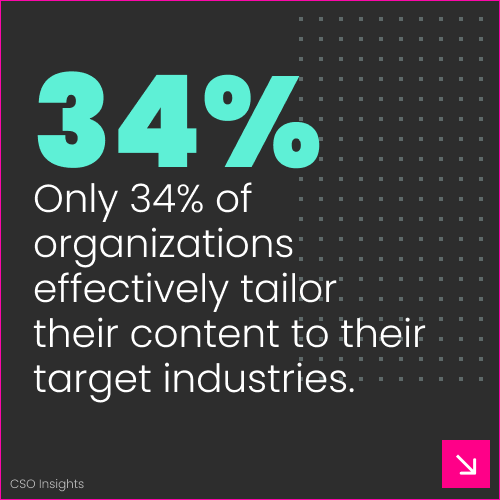
If you’ve ever had the misfortune of watching a cookie-cutter presentation, indistinguishable from the countless others, you’ll know how disappointing it can be.
The standard corporate deck – with a one-size-fits-all approach – will leave your audience feeling like just another number in a long line of faceless customers.
Personalization isn’t just a buzzword. It’s the cornerstone of effective communication. In fact, companies can generate as much as 40% more revenue from personalization (McKinsey).
Tailoring your message to address the specific needs, challenges, and pain points of your audience can transform a mundane presentation into a compelling, persuasive narrative. It shows that you’ve done your homework, that you understand their unique situation, and that you’re not just selling a product or service – you’re offering a customized solution.
You can also have pre-organized customized sales presentations for each sector, taking a lot of the hard work out of the equation.
So, ditch the generic slides. Dive deep into your audience’s world. Understand their industry, their company culture, and their specific challenges. Then, craft a presentation that speaks directly to them.
Find out how to deliver a more personalized customer experience >
2. Information overload
If you’re cramming your sales presentation full of bullet points, graphs, and text, you’ll struggle to provide a clear, concise message.
Information overload is a common pitfall. The presenter, in an attempt to cover all bases, ends up overwhelming the audience with too much information. The result? Key points get lost in the noise, and your audience’s attention drifts away.
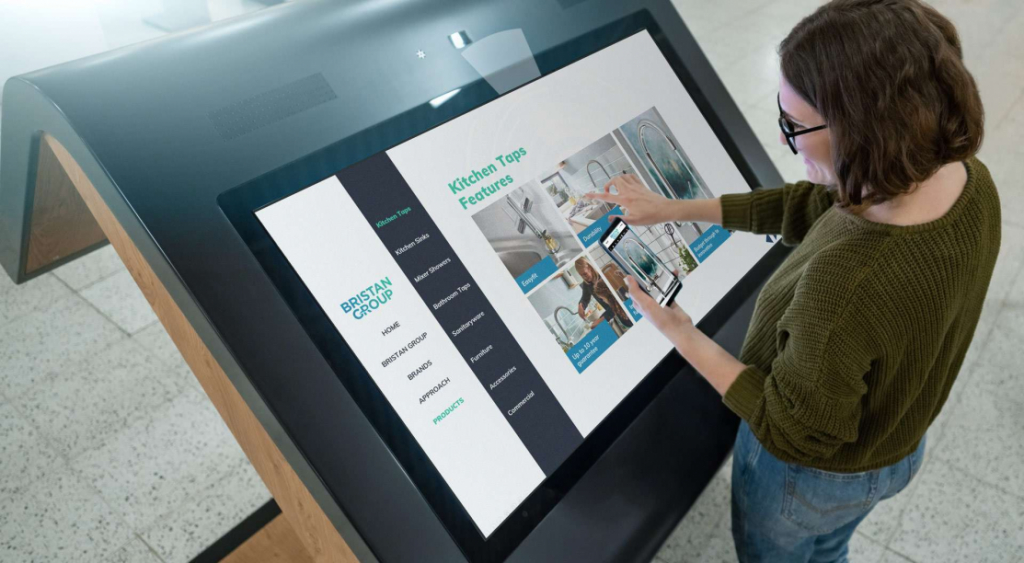
The secret to avoiding this trap lies in simplicity and prioritization. Your slides are a canvas for highlighting your most compelling arguments. Think of your slides as billboards along the highway – they need to convey the core message at a glance, with enough impact to stick in the minds of your audience.
By simplifying your slides and keeping them focused, you’ll make it easier for your audience to absorb and remember the most important information, paving the way for a more effective and memorable presentation.
Information overload is a sure sign of a bad sales presentation.
3. Confusing layout
Ever walked into a room that’s cluttered and disorganized, where you don’t know where to look first?
That’s exactly how your audience feels when faced with a slide that’s a hodgepodge of text, images, and graphics. A confusing or hard-to-read layout not only strains the eyes but also scatters the focus, making it challenging for your audience to follow your narrative thread.
A well-designed layout guides the viewer’s eye smoothly from one element to the next, ensuring that your key points are absorbed and understood. To achieve this, embrace the power of white space – the empty areas on your slide aren’t wasted space. They’re breathing room for your content, allowing each element to stand out and be noticed.
When designing your slides, think about the flow of information. Start with the most important point and structure the rest of the content around it in a logical, easy-to-follow manner.
4. Lack of visuals
A picture is worth a thousand words, and in the context of a sales presentation, this couldn’t be truer. Relying solely on text to convey your message is like telling a story without characters or a setting – it’s functional, but far from engaging. This is where many presentations fall flat, with slide after slide of dense text that tests the audience’s endurance rather than capturing their imagination.
The antidote to this visual monotony is the strategic use of images, videos, and graphics.

Visuals not only break up the text and add aesthetic appeal, but they also play a crucial role in illustrating concepts, emphasizing points, and evoking emotions. A well-chosen image or a short, impactful video can bring your message to life in a way that words alone cannot.
Top Tip: Use this simple visual storytelling technique to bring your presentations to life.
5. Inconsistent branding
When your presentation’s look and feel don’t align with your brand’s visual and messaging guidelines, it can create confusion and erode the credibility you’ve worked hard to establish.
Consistency in branding goes beyond just slapping a logo on every slide. It’s about creating a cohesive visual experience that reflects your brand’s personality and values. This means using a consistent color scheme, typography, and imagery that align with your brand guidelines. It’s also about the tone of your messaging – the language and style you use should be unmistakably ‘you.’
Top Tip: Find out how immersive technology and brand storytelling can be combined to make a powerful impact.
6. Flat linear presentations with no interactivity
If you’ve ever sat through a one-way, linear presentation, you’ll know how passive and uninspiring the experience can feel. There’s no engagement, no dialogue, just a monologue that fails to acknowledge the presence of the audience.
This lack of interactivity is a major pitfall in sales presentations, leading to disengaged and disinterested audiences.
The modern audience craves interaction. They want to be part of the conversation, not just passive listeners. Incorporating interactive elements into your presentation transforms it from a monologue into a dynamic, two-way dialogue.
With 91% of B2B buyers wanting personalized interactive, visual content (Forrester) it’s no surprise that interactive presentations not only keep your audience engaged but also provide valuable insights into their thoughts and preferences. You can receive immediate feedback on what resonates with your audience, allowing you to tailor your pitch on the fly.
Top Tip: If you’re wondering if your sales presentation could benefit from being more interactive? Ask yourself these five questions.
7. Incorrect, outdated & missing information
Presenting incorrect, outdated or incomplete information is akin to navigating a ship with an old map. Ultimately, you won’t arrive at the right destination. And along the way, you’ll lose trust and credibility.
In the fast-paced world of business, data and facts change rapidly, and what was true yesterday may not hold true today. Relying on outdated or incorrect information in your sales presentation can seriously damage your reputation and undermine the trust your audience places in you.
Accuracy is paramount in sales presentations. This can be especially difficult to maintain when you have multiple salespeople across a wide range of locations, all privately working on their own “unique” sales presentations.
Overtime, key aspects diverge, like messaging, branding, products and prices. Each sales presentation is different, with hours of time lost creating these masterpieces.
To overcome this, every organization needs a single source of truth – a digital sales tool that unifies all content and can be easily used by the sales team.
8. No data-driven insights
If you’re delivering sales presentations, but don’t get any resulting data to guide your next steps, you’re operating in the dark. Data-driven insights are not just an advantage – they’re a necessity. Without them, you’re essentially flying blind, missing out on crucial opportunities to refine your strategy and enhance your performance.
When your sales presentations lack the capability to provide analytics and track customer interactions, you lose out on valuable insights that could drive your decision-making. Data such as customer engagement levels, the most viewed sections of your presentation, and the effectiveness of different content pieces are vital in understanding what resonates with your audience. Without this information, it’s challenging to tailor your approach to meet the specific needs and interests of your prospects.
Moreover, the absence of data integration with your Customer Relationship Management (CRM) system means you’re missing out on the chance to streamline and optimize your sales process. Data-driven insights enable personalized outreach strategies, allowing you to follow up with prospects in a more targeted and effective manner. They also provide a clear picture of your sales funnel, helping you identify bottlenecks and areas for improvement.
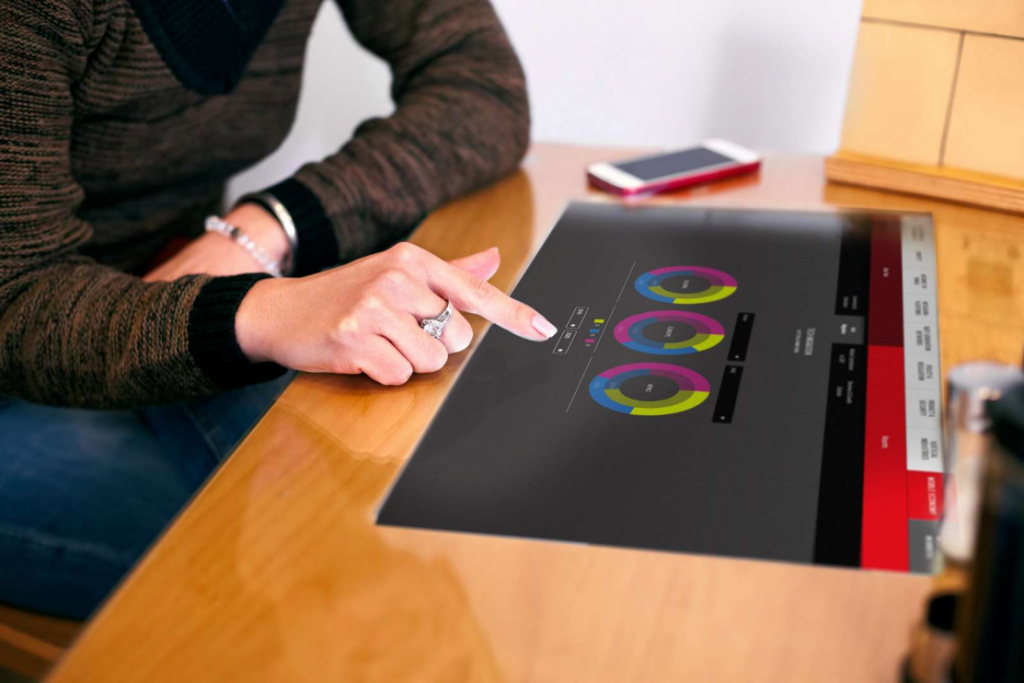
What’s marketing without ROI? With every interaction automatically tracked, you’ll no longer just rely on feedback from sales. You’ll have a complete picture at the touch of a button.
Find out how to measure the ROI of an interactive touchscreen experience >
9. Content that is too complex
This complexity barrier is a common blunder in sales presentations, especially in industries that deal with intricate products or services.
When your content is too complex and not broken down into simpler terms, you risk alienating your audience instead of engaging them.
The art of a successful sales presentation lies in making complex ideas accessible. It’s about distilling the essence of your message into clear, understandable language and imagery that resonates with your audience, regardless of their technical expertise.
This doesn’t mean dumbing down your content. Try using interactive visuals, such as 3D product models and configurators, to make complex ideas simple and memorable.
10. You don’t meet your sales quotas
The ultimate litmus test of any sales presentation’s effectiveness is its impact on your sales quotas. If, despite all your efforts, you consistently fail to meet sales targets, it’s a glaring red flag that something’s amiss.
A sales presentation that doesn’t convert is an opportunity for introspection and improvement. It’s essential to analyze where the disconnect is happening. Are you not addressing the audience’s needs effectively? Is your value proposition clear enough? Are you engaging with the audience adequately?
Maybe your presentation needs more compelling storytelling, clearer explanations of complex concepts, or a stronger emphasis on your unique selling points.
By continuously refining your approach and ensuring your presentation aligns with the audience’s needs and expectations, you increase your chances of not just meeting but exceeding your sales targets.
Are you making any of these common mistakes?
If the answer is yes, it’s time to say good riddance to bad sales presentations.
Remember, a great sales presentation is more than just a showcase of your product or service. It’s a reflection of your understanding of the audience’s needs, your ability to communicate effectively, and your commitment to delivering value. It’s about creating a narrative that not only informs but also inspires and persuades.
Consider the areas where you can improve and take action to enhance your next presentation. Remember, in the dynamic world of sales, continuous improvement is key to staying ahead. So, go ahead, make those tweaks, and watch your sales presentations transform from good to great.
Top Tip: For more insights, read this article: 6 Ways to Tell if Your Sales Pitch Presentation is No Longer Fit for Purpose
Take your sales presentations from ordinary to extraordinary
As we’ve explored the pitfalls to avoid in sales presentations, it’s clear that staying ahead in the sales game requires more than just avoiding mistakes. It’s about creating that ‘WOW!’ factor that brings your products and business to life.
This is where POP comes in. Our fast and intuitive no-code interactive sales experiences platform helps brands stand out from competition, speed up the sales cycle, and drive engagement and increased revenue.
With POP, you’re not just saying goodbye to bad sales presentations. You’re embracing a new era of interactive, engaging sales experiences that resonate with your audience. Whether you’re looking to equip your sales reps with cutting-edge tools, create immersive touchscreen experiences, or develop an interactive digital showroom, POP has the features to make your team unstoppable.
Take a POP at your sales presentations
Curious about how interactive sales experiences can change the game for your sales strategy?
Start with the benefits of interactive sales presentations, find out what’s possible, then explore our guide to the Best Sales Presentation Ever: Unveiling the Secrets.
Ready for more? Check out this interactive sales tool for Barcardi-Martini, see how we help Laurus Homes bring dream homes to life, and find out how we help Antillion showcase their defence and first responders technology.
Want to dig deeper? Talk to our team at POP. With over 20 years of experience, we specialize in crafting interactive, engaging sales presentations that make a big impact. For more information, watch our video, book a demo, or get in touch on +44 (0)117 329 1712 or hello@popcomms.com.
Related Posts
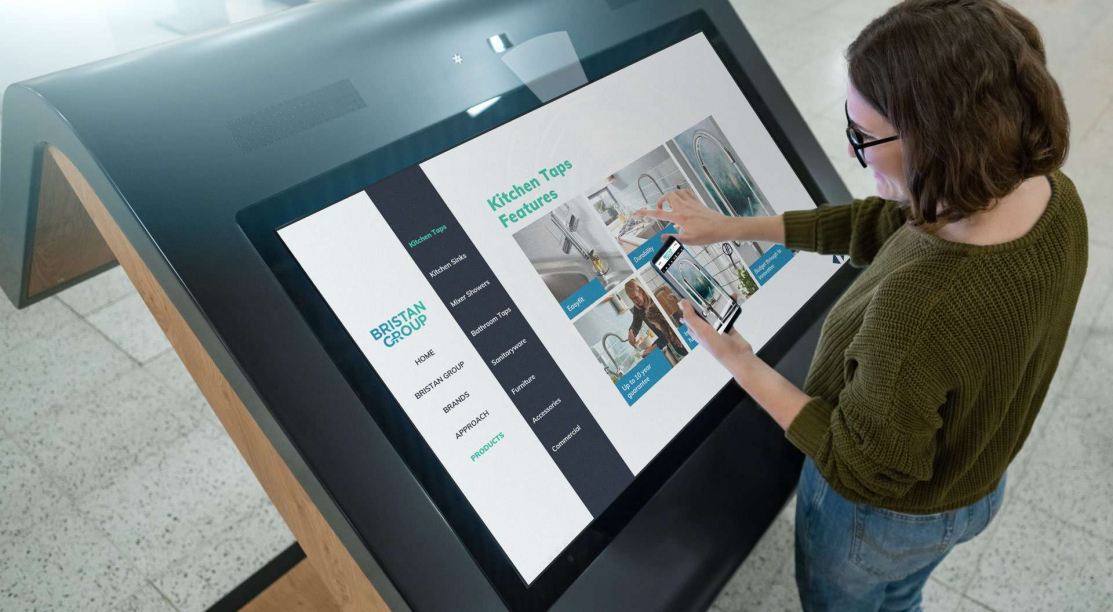
Three Interactive Presentation Rules to Follow
Read
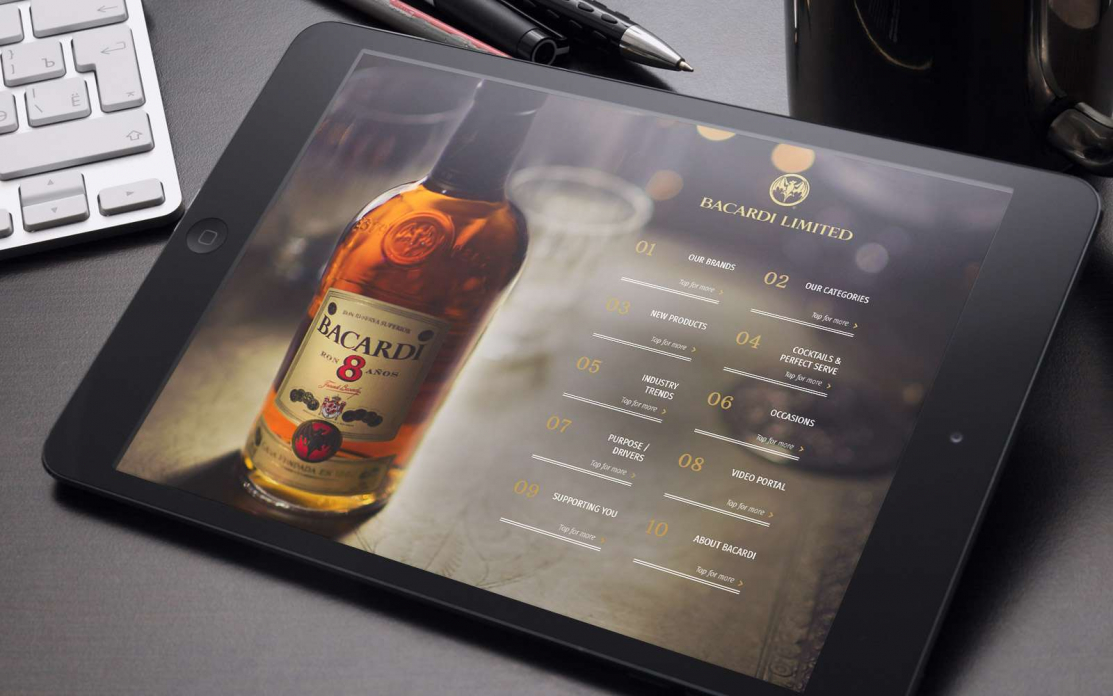
What’s Possible With Interactive Sales Presentations?
Read
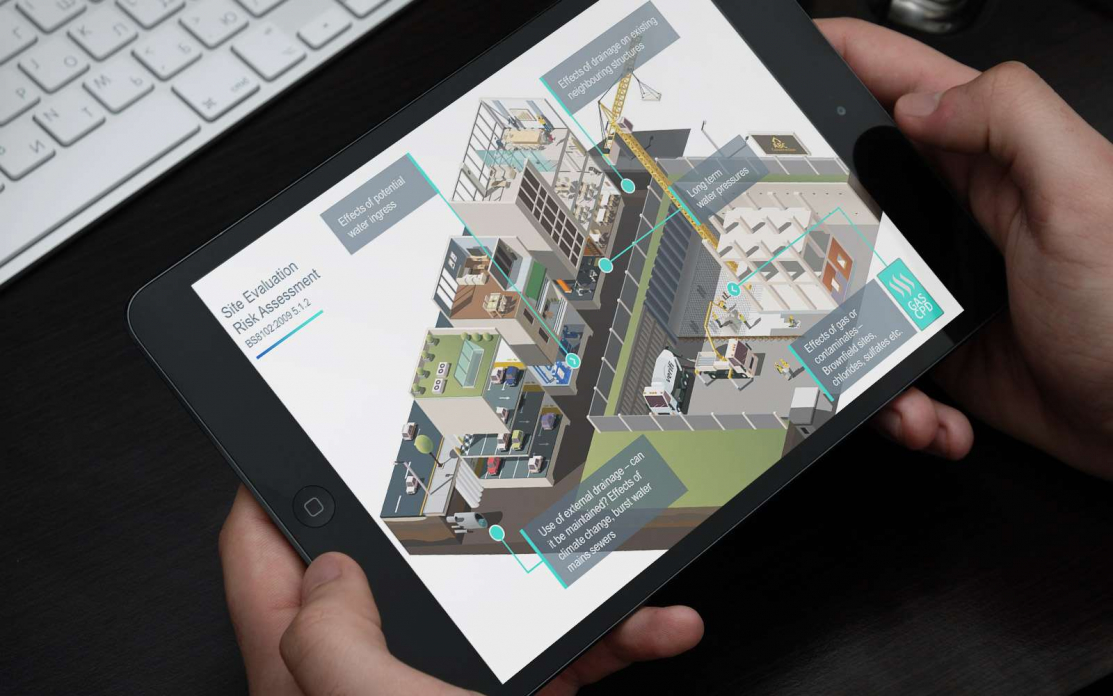
How Much Do Interactive Sales Experiences Cost?
Read
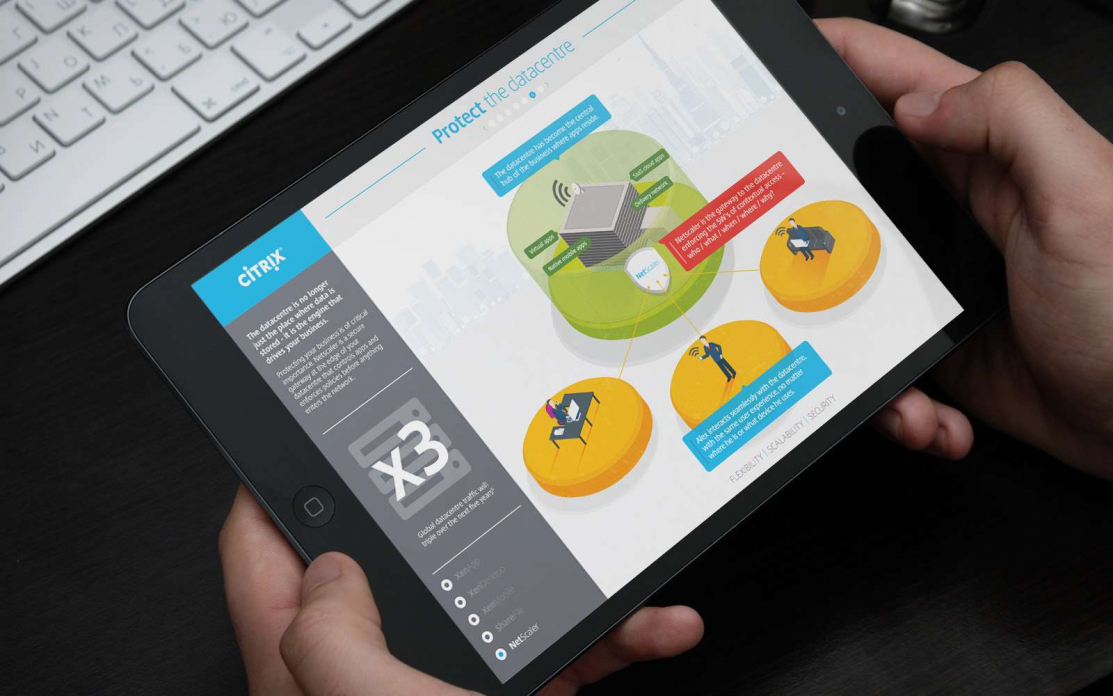
Tips for Creating the Best Interactive Sales Enablement Content
Read